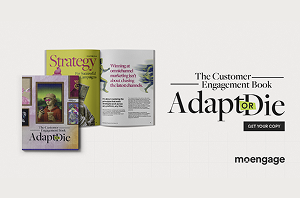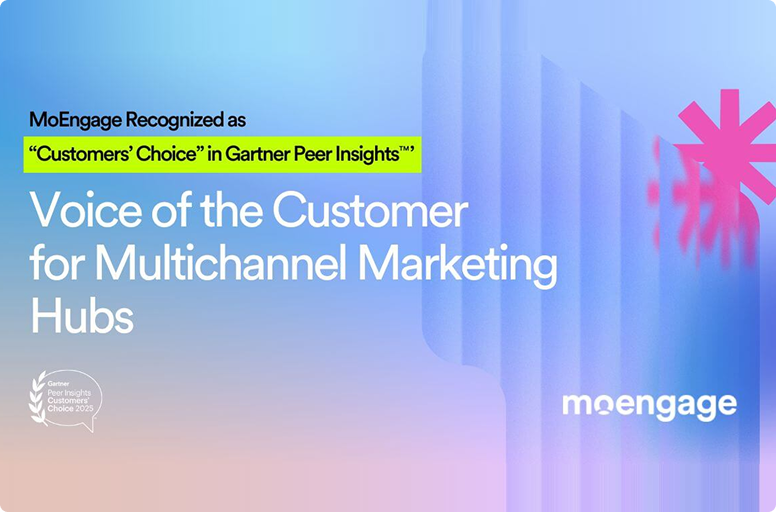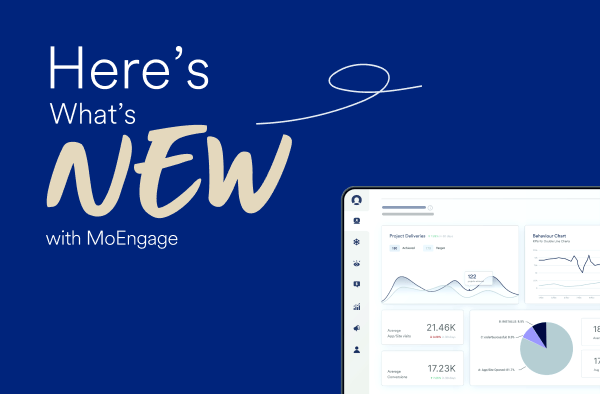7 Reasons Why Web Push is the Economical Alternative to Emails
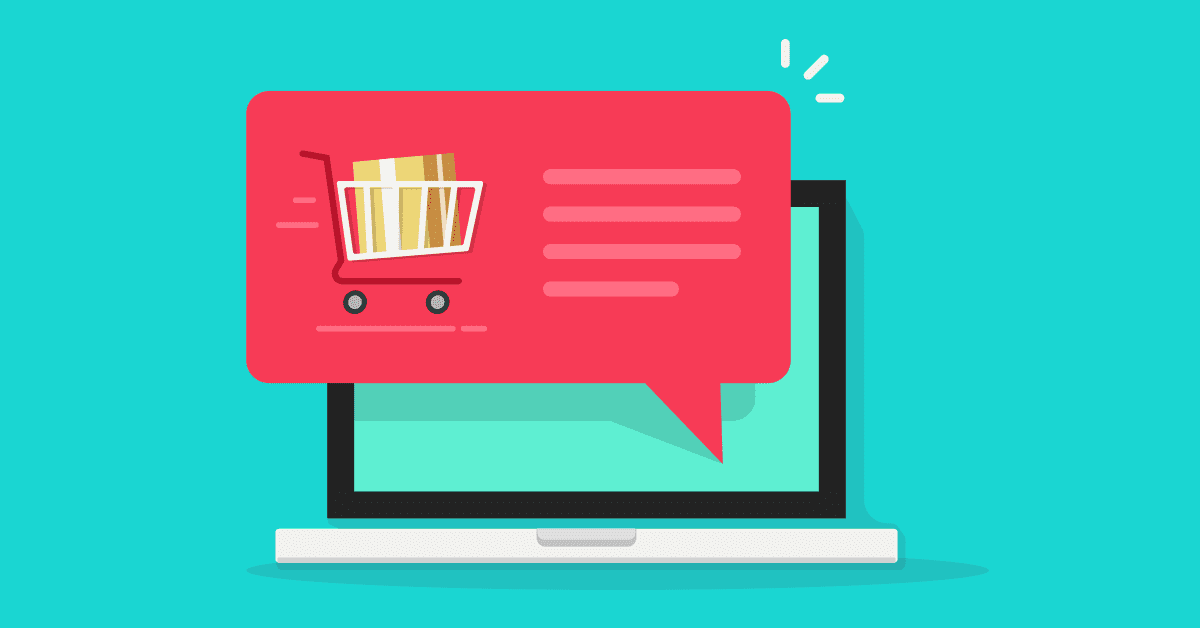
Reading Time: 6 minutes
|
Emails have been around in the industry for far too long to have their authority questioned. But just because the king has been around a long time doesn’t mean his reign can go unchallenged.
The situation is that emails are what every marketer resorts to when reaching out to customers. Given the number of sites and services that take your email address when making a purchase, it is not surprising that most inboxes are spammed on a daily basis. Making it the least appreciate mode of engagement for the customer.
| Bonus Content
👉 Boost User Engagement By Maximizing Push Notification Delivery Rates [Download Whitepaper] 👉 OYO Boosts Push Notification Delivery by 44% [Download Case Study] 👉 Bigbasket Improves Push Notification Delivery by 10% [Download Case Study] |
To try and understand the scale of email abuse that takes place in my inbox, I decided to leave my inbox unopened for 2 days. This is what I saw when I opened my inbox.
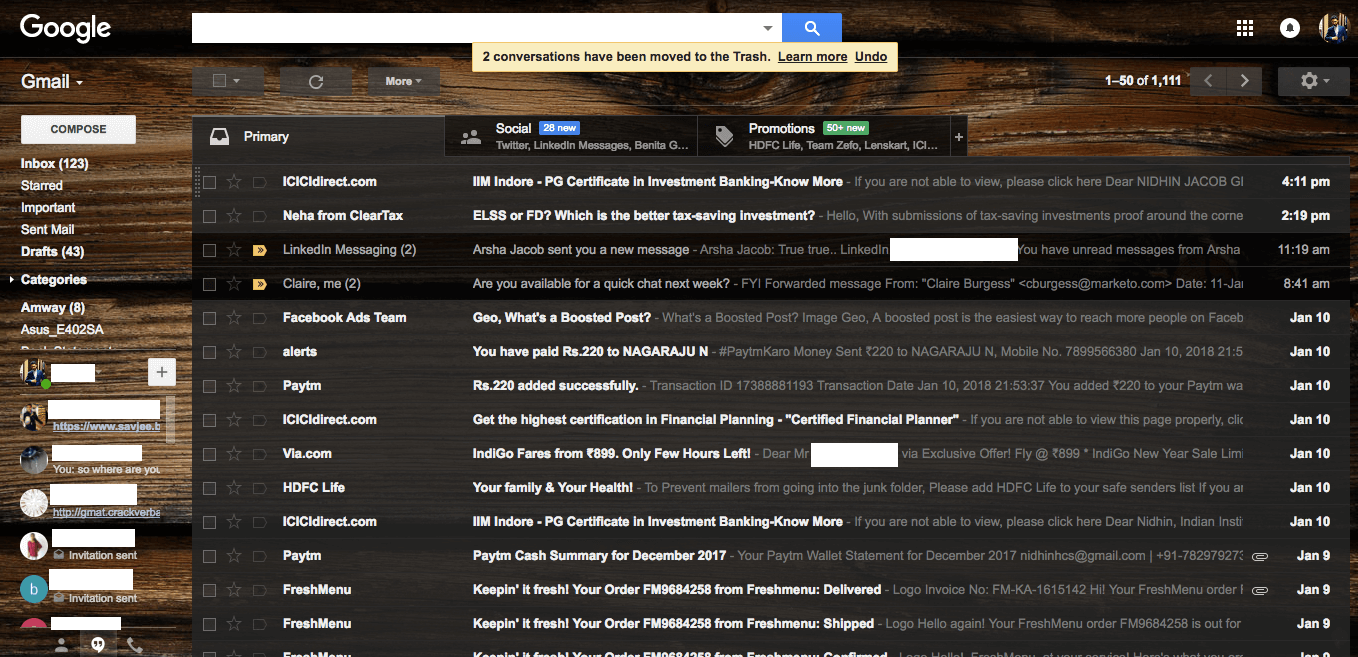
120+ emails of which only two had even the slightest relevance to me. It’s pretty apparent why the response rates to emails are appallingly low.
Before we dive into the economic benefits of web push over emails, let us get an idea of web push from an elementary level. This will help us appreciate the power of the web push over email.
Web push notifications are a way to send real-time communications to users on their web browser (desktop and mobile web). The primary benefit of this being the communication does not get lost among others like in an email inbox.
MoEngage – Personalized web push notifications
Web Push Notifications appear as alert-style notifications that slide in on the screen from the top right or bottom right corner of the computer screen. On the mobile, they appear very similar to app push notifications. The most interesting aspect about web push notifications is that they can be delivered anytime the user has their browser open regardless of whether or not the user is on the website.

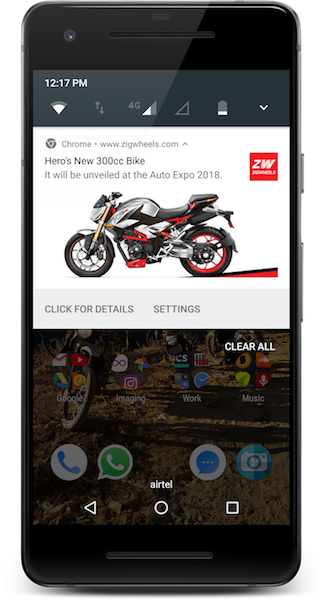
How Does It Work?
It all starts when a user visits a website. When a user arrives at a website that has web push campaigns enabled, the website will prompt the user to opt-in for these notifications. We’re all familiar with that small white box on the top left corner of the browser.
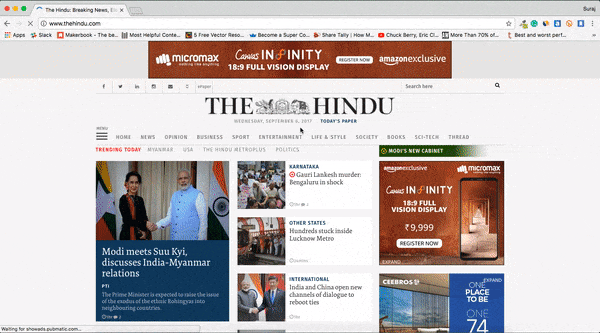
Web notifications are permission-based and users have to opt-in before they can receive these notifications.
There are two ways a brand website can go about this-
1- Soft ask
A soft ask is usually a small header at the top of a website asking a user if they would like to opt-in for web notifications. This is generally done with the intention of explaining the benefits of this notification to the user. The soft-ask can be customized to include graphics and text. Once the user agrees to the soft ask- the browser will then display the opt-in prompt.
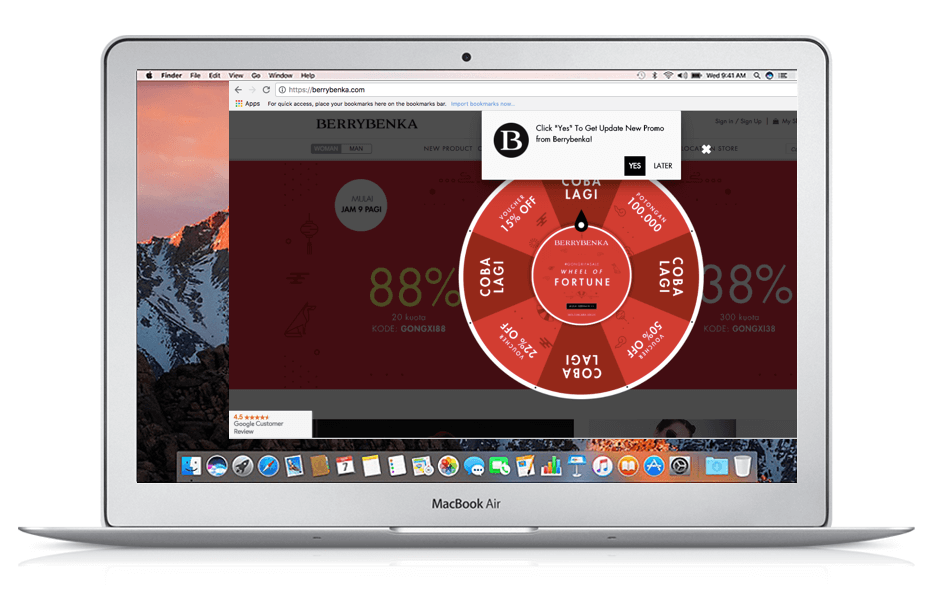
2- Browser Prompt
A browser prompt is a permission the user gives the web browser (Chrome, Firefox) to send web push notifications at any time when the browser is open. A user will still have to opt-in to the browser prompt (hard ask) before they can start receiving notifications, even if they have already opted in for the soft-ask.
Why is it Better?
The most appealing reason is that web push is relatively new compared to emails which are now the dinosaurs of digital marketing. So, if for nothing else, one ought to try web push for the early adopter advantage. The sooner you can experiment with web push technology the sooner you get to find out what works for you and what doesn’t; the sooner you can also drive value for your customers and your brand. Here is a fistful of reasons to give web push a push.
Un-exclusive Outreach
This is the number one reason why web push is better than emails – you can reach your users even when they are not on your website. The only requirement is that they should have their browser open.
Easier to Create
Web push notifications are short & sweet, quick, easy to create and send, making them a viable time-saving alternative. A good quality email requires time, from crafting appealing subject lines to crafting an engaging copy and relevant images, the time investment is real. Since web push notifications are short and don’t allow for elaborate content and imagery, creating them is easy, and catching the user’s attention is guaranteed.
No Emails Addresses
Email communications require a database of email addresses. With web push, all you need is a user who has opted-in to receive notifications from your website. The advantage here is that you are able to reach out and create an ongoing communication channel with anonymous users who might never opt-in for emails.
Quicker Conversion from Users
Web notifications offer real-time values and incentives to users, reminding them of pending items in the cart, new offers, product/ content recommendations, and lightning deals. They help you deliver targeted, personalized messages to users who have opted-in.
The Effort to Impact Benefit
Web notifications require little effort in creation and dispersal. Because they’re short, relevant, to the point, and arrive in the browser in a manner that catches the eye, they’re prone to attention and action. (No better reason to try web push)
No App, No Problem
It’s a common misconception that push notifications are for mobile apps alone. However, if you’re holding back on push communication because you do not have an app, web push is the ideal solution to experiment with push notifications. You can reach out to anonymous users, the greater percentage of who visit your brand on your website.
Hard to miss Notifications
Web notifications are hard to miss since they are bite-sized relevant information, and can often prompt users to immediate action.
Who Can Implement Web Push Notifications?
It’s not just e-commerce brands that can benefit by implementing these personalized website messages. There are multiple use cases for implementing web push notifications if your company is in the Travel, Media, e-Commerce, Banking, Telecom industry. For example, If you’re an e-learning company, take a look at this in-depth guide to web push notifications for eLearning published by eLearning Industry.
Case Study:
Berrybenka, a leading client was able to increase engagement by 3X using MoEngage’s Web Push and advanced AI-backed recommendation platform.
Web push is a great way to grab user attention and can work exceptionally well when it comes to cart abandonment, price drop alerts, new content update, etc. using AI-enabled smart-triggers and Dynamic messaging that analyze user behavior and automate personalized messaging, Berrybenka witnessed a 10X increase in CTRs.
Just like Berrybenka, many of our leading clients use our AI-powered smart-triggered messaging platform for optimum engagement. If you are interested in knowing how to ramp up your push notification efforts read our all-inclusive post – 5 Ways to Improve Push Notification Performance in 2018 for more details.
Get started with web push today and find out for yourself how you can add value to your customer engagements. Reach out to us for a demo.
Here’s what you can read next |

